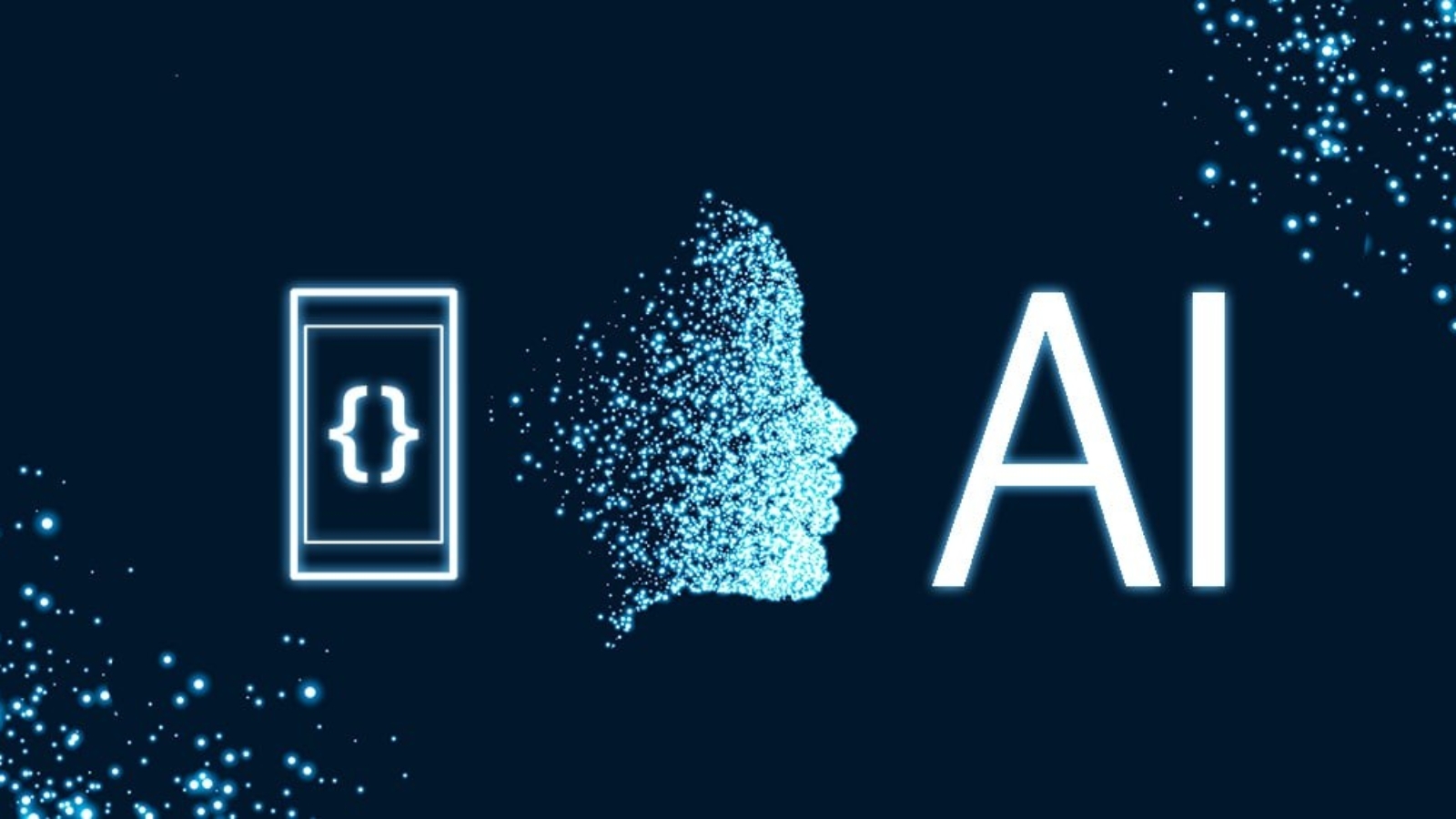In recent years, Artificial Intelligence (AI) and Machine Learning (ML) have revolutionized various industries, including mobile app development. By integrating AI and ML into mobile apps, developers can offer enhanced functionality, personalized user experiences, and smarter interactions. This comprehensive guide will explore how to effectively integrate AI and ML into mobile apps, covering everything from use cases and frameworks to implementation and best practices.
1. Understanding AI and ML in Mobile Apps
1.1 What is AI and ML?
- Artificial Intelligence (AI): AI refers to the simulation of human intelligence in machines programmed to think and learn. It encompasses a broad range of technologies, including natural language processing (NLP), computer vision, and robotics.
- Machine Learning (ML): ML is a subset of AI that focuses on the development of algorithms that enable computers to learn from and make predictions or decisions based on data. ML models improve their performance over time as they are exposed to more data.
1.2 Why Integrate AI and ML into Mobile Apps?
Integrating AI and ML into mobile apps can:
- Enhance User Experience: Provide personalized content, recommendations, and interactions.
- Automate Processes: Streamline tasks such as data entry and customer support.
- Improve Accuracy: Leverage advanced algorithms for tasks like image recognition and language translation.
- Offer Competitive Advantage: Differentiate your app with cutting-edge features.
2. Use Cases for AI and ML in Mobile Apps
2.1 Image Recognition
AI-driven image recognition can be used for:
- Facial Recognition: Unlocking devices or authenticating users.
- Object Detection: Identifying objects in images or videos.
- Augmented Reality (AR): Enhancing user experiences with interactive elements.
Example: Instagram’s photo tagging uses image recognition to suggest tags for users.
2.2 Natural Language Processing (NLP)
NLP can be used for:
- Chatbots: Automating customer support with conversational agents.
- Sentiment Analysis: Analyzing user feedback or reviews to gauge sentiment.
- Language Translation: Providing real-time translation in multiple languages.
Example: Google Translate uses NLP for translating text and speech between languages.
2.3 Recommendation Systems
AI-driven recommendation systems can:
- Personalize Content: Suggest articles, products, or media based on user preferences.
- Predict Behavior: Anticipate user needs and provide relevant suggestions.
Example: Netflix uses recommendation algorithms to suggest movies and TV shows based on viewing history.
2.4 Predictive Analytics
Predictive analytics can:
- Forecast Trends: Predict future trends based on historical data.
- Optimize Marketing: Tailor marketing strategies based on user behavior predictions.
Example: E-commerce apps use predictive analytics to recommend products and target promotions.
3. Choosing the Right ML Framework
Selecting the appropriate ML framework depends on your app’s requirements and target platform. Here’s a comparison of popular frameworks:
3.1 TensorFlow Lite
- Overview: TensorFlow Lite is an open-source library designed to run TensorFlow models on mobile and embedded devices. It supports various ML models, including image classification and object detection.
- Features:
- Model Conversion: Convert TensorFlow models to TensorFlow Lite format.
- Optimization: Provides tools for model optimization to improve performance.
- Use Case: Ideal for running custom ML models on mobile devices with minimal latency.
Getting Started:
- Convert a Model: Use TensorFlow’s conversion tools to convert a model to TensorFlow Lite format.
- Integrate TensorFlow Lite: Add the TensorFlow Lite Flutter plugin to your project.
3.2 Firebase ML
- Overview: Firebase ML provides a suite of pre-trained models and tools for custom model deployment. It’s integrated with Firebase services for easy setup.
- Features:
- Pre-trained Models: Includes models for text recognition, face detection, and barcode scanning.
- Custom Models: Deploy custom models using the Firebase ML SDK.
- Use Case: Suitable for developers who want to leverage pre-trained models or deploy custom models with minimal setup.
Getting Started:
- Set Up Firebase: Integrate Firebase with your Flutter project.
- Use Pre-trained Models: Utilize Firebase ML’s pre-trained models for common tasks.
3.3 Core ML
- Overview: Core ML is Apple’s framework for integrating ML models into iOS apps. It supports a variety of model types, including vision and NLP models.
- Features:
- Model Conversion: Convert models from various formats to Core ML.
- Integration: Seamlessly integrate with other iOS frameworks.
- Use Case: Best for iOS developers looking to incorporate ML into their apps.
Getting Started:
- Convert a Model: Use tools to convert models to Core ML format.
- Integrate Core ML: Add Core ML models to your iOS project and use them in your app.
3.4 ML Kit
- Overview: ML Kit is Google’s suite of tools for integrating ML into mobile apps. It offers pre-trained models and custom model support for Android and iOS.
- Features:
- Pre-trained Models: Includes models for text recognition, face detection, and more.
- Custom Models: Deploy and use custom models in your app.
- Use Case: Ideal for developers who want to use Google’s ML tools and pre-trained models.
Getting Started:
- Integrate ML Kit: Add ML Kit dependencies to your project.
- Use Pre-trained Models: Utilize ML Kit’s pre-trained models or deploy custom models.
4. Implementing AI and ML in Mobile Apps
Here’s a step-by-step guide to implementing AI and ML in your mobile app:
4.1 Model Training and Conversion
- Train a Model: Use a framework like TensorFlow or PyTorch to train your ML model. Ensure the model is suitable for your app’s requirements.
- Convert the Model: Convert the trained model to the format required by your chosen framework (e.g., TensorFlow Lite, Core ML).
Example:
bashCopy code# Convert a TensorFlow model to TensorFlow Lite format
tflite_convert --output_file=model.tflite --saved_model_dir=saved_model
4.2 Integrate ML Framework into Your App
- Add Dependencies: Include the required dependencies in your project’s configuration file (
pubspec.yamlfor Flutter). - Load the Model: Use the framework’s API to load and run the model in your app.
Example (TensorFlow Lite in Flutter):
dartCopy codeimport 'package:tflite/tflite.dart';
// Load the model
void loadModel() async {
await Tflite.loadModel(
model: "assets/model.tflite",
labels: "assets/labels.txt",
);
}
// Run inference
Future<void> runInference() async {
var result = await Tflite.runModelOnImage(
path: imagePath,
numResults: 2,
);
}
4.3 Test and Validate
- Unit Testing: Test individual components and functionalities to ensure they work as expected.
- Integration Testing: Verify that the ML model integrates well with other parts of the app and performs as expected.
- User Testing: Gather feedback from users to identify any issues or areas for improvement.
5. Best Practices for AI and ML Integration
5.1 Optimize Performance
- Model Optimization: Use techniques such as quantization and pruning to reduce model size and improve performance.
- Efficient Processing: Ensure that ML tasks are performed efficiently to avoid impacting app performance.
5.2 Manage Privacy and Security
- Data Privacy: Ensure that user data is handled securely and in compliance with privacy regulations.
- Model Security: Protect ML models from unauthorized access or tampering.
5.3 Provide a Seamless User Experience
- User Interface: Design the UI to clearly convey the benefits of AI features and provide intuitive interactions.
- Error Handling: Implement robust error handling to manage issues related to ML model inference or data processing.
5.4 Continuously Improve
- Monitor Performance: Track the performance of AI features and make improvements based on user feedback and data analysis.
- Update Models: Regularly update ML models to incorporate new data and improve accuracy.
Conclusion
Integrating AI and ML into mobile apps can significantly enhance functionality and user experience. By understanding the various use cases, choosing the right ML framework, and following best practices for implementation, you can create powerful and intelligent mobile applications.
Whether you’re using TensorFlow Lite for custom models, Firebase ML for pre-trained models, Core ML for iOS, or ML Kit for a cross-platform approach, the key is to align your AI and ML integration with your app’s goals and user needs.
As AI and ML technologies continue to evolve, staying informed about the latest advancements and techniques will help you leverage these powerful tools effectively and deliver innovative solutions to your users.

